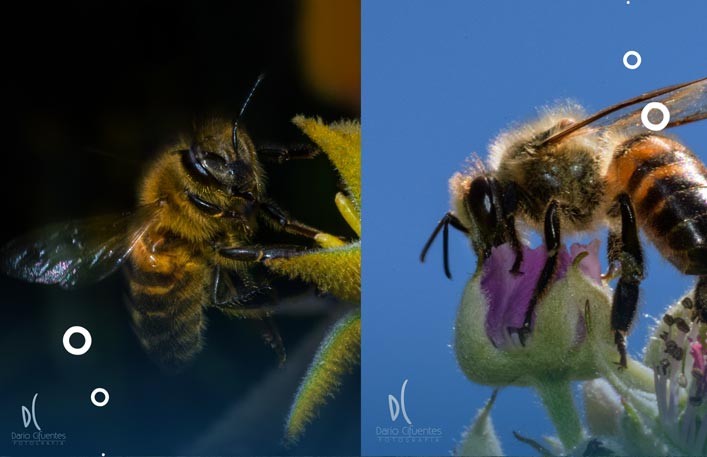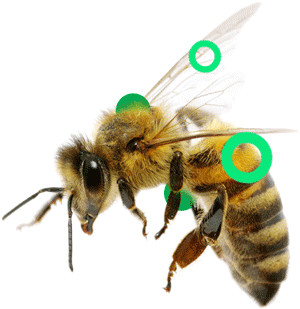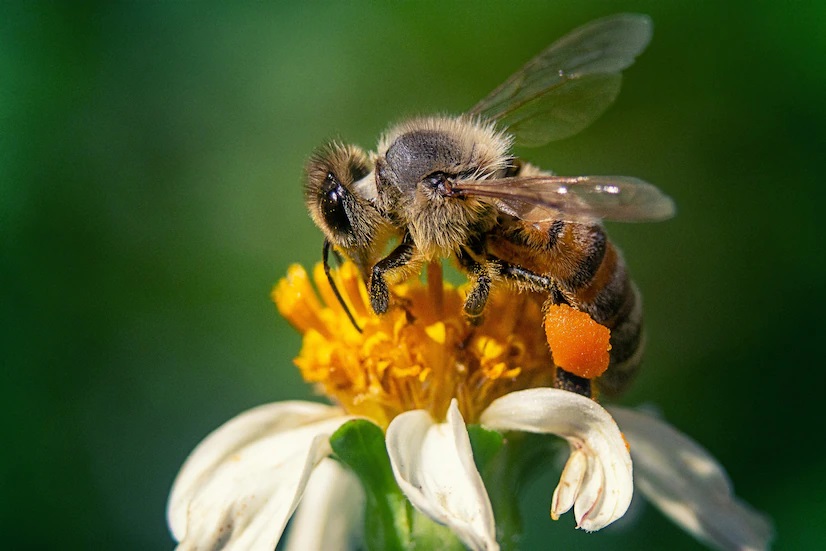We can help by planting local and native plants they are much easier to take care of, since they have the appropriate climate for your region and their flowers will give them food. Does not use pesticides.
Facilitates water they needs it to carry out its functions as honey producers. You can have a small fountain, pond, and if you want to help drink, leave some little sticks floating in it.
Approximately 75% of human food crops depend in one way or another on pollination. There are many types of pollinators other than bees, but they are the most efficient insects for this function. If the bees become extinct, they will cause a worldwide food crisis.
Learn a little more about them:
• A hive is structured in three castes: the Queen bee, the workers and the males or drones. It is the only fertile female. Lays fertilized eggs that give rise to worker bees.
• The queen can live between 3 to 6 years, worker bees for 45 to 50 days and drones that are male insects live approximately 3 months
• Bees use the sun as a compass. But when it’s cloudy, there’s a backup: navigating through polarized light, using special photoreceptors to find the Sun’s place in the sky
• When a bee finds a good source of nectar, she returns to her panel to inform her friends of what they found by doing a special dance.
• The worker bees have a lot of work: they secrete wax to build the combs and they are in charge of cleaning the hive, raising the larvae, monitoring the honeycomb, collecting nectar and pollen. This can give us a rough idea of how little a bee can produce individually. What’s more, to get a kilo of pure honey, you need the work of 2,500 bees in full productive season
• Bees do not hibernate. They make like a pineapple-shaped sphere in the center of the panel to efficiently maintain heat and feed on it, they live there until high temperatures return. This is why you never destroy a hive in winter, our friends are resting there.
• Bees hives are controlled Advanced superorganisms that can house up to 100,000 individuals.



